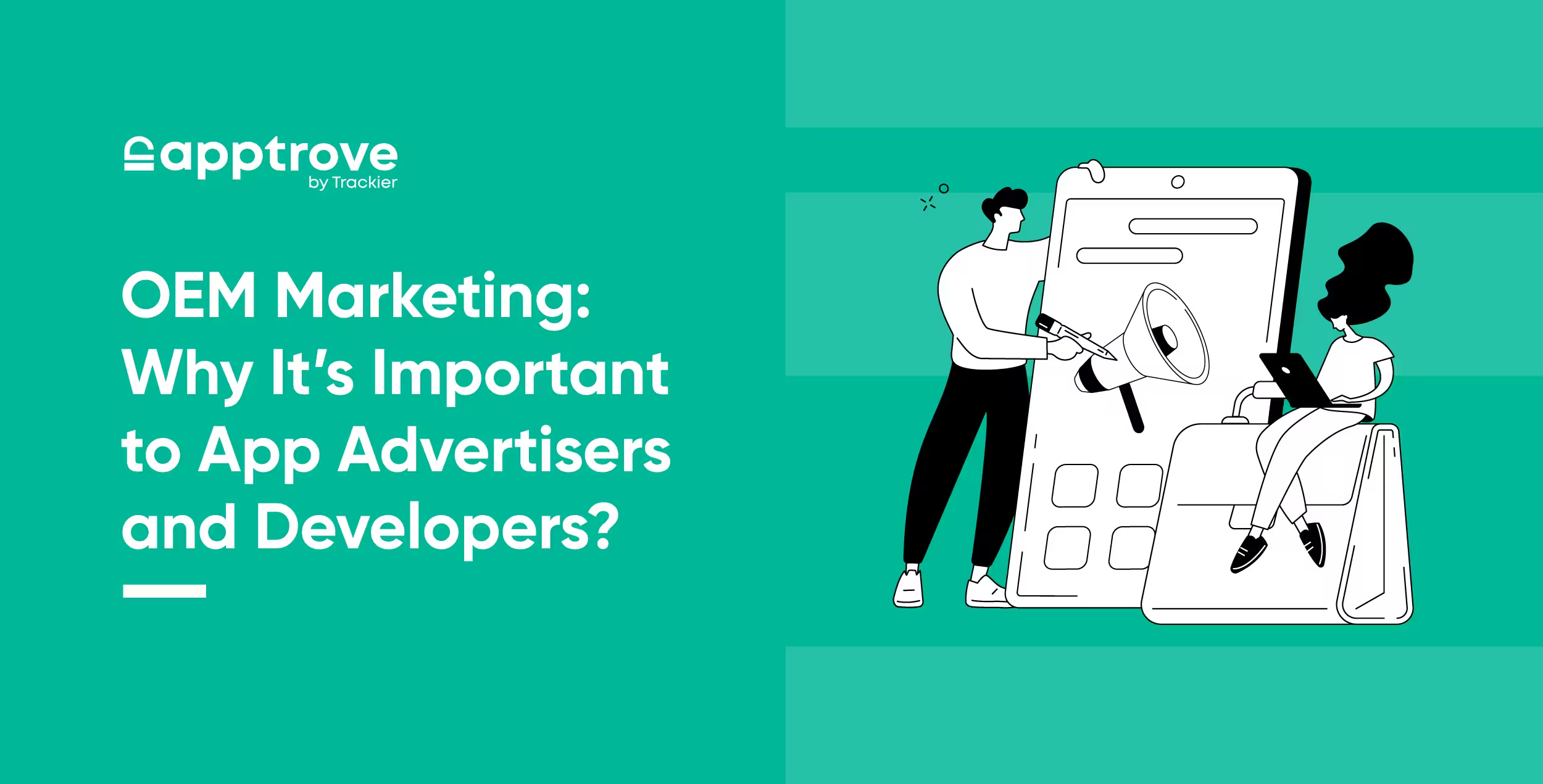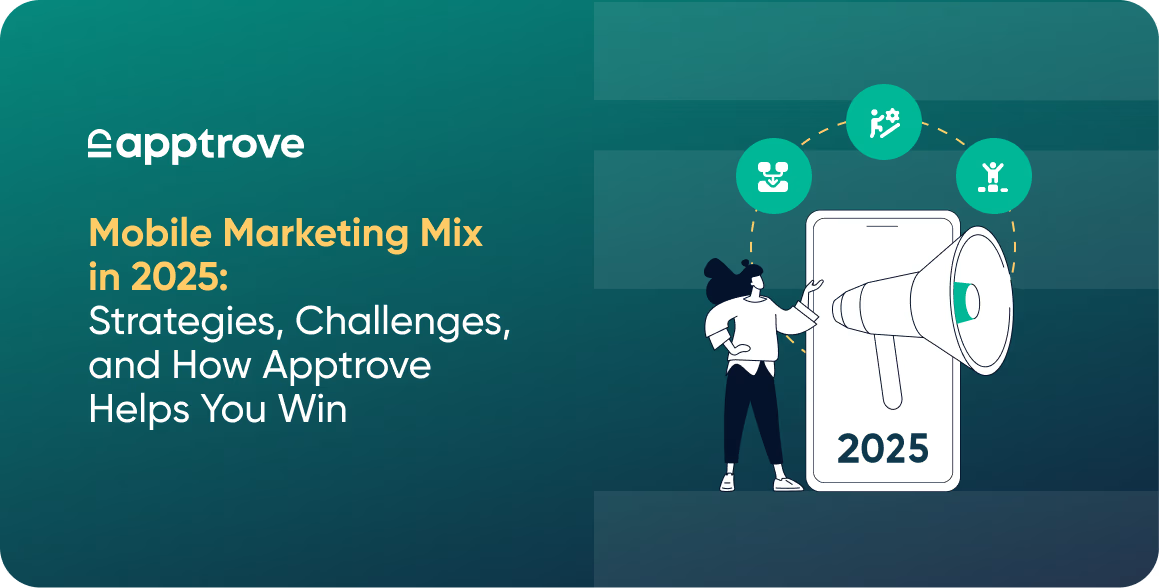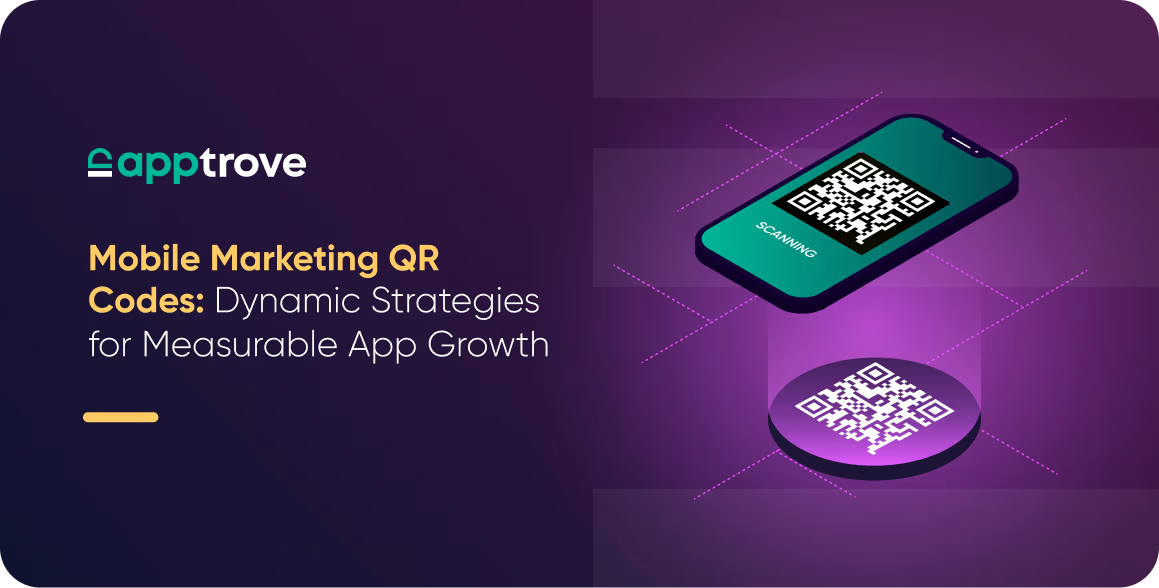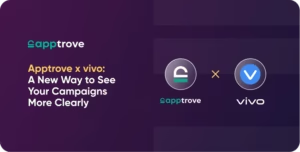Gone are the days when only one in a thousand or hundred people had a mobile phone.
Recent reports reveal that 70.3% of the world’s population now uses mobile phones.
That’s not all. The number of “unique” mobile users crossed 5.75 billion in October 2024 and will reach 6.2 billion by 2029, reaching a new peak.
These statistics depict that a mobile-first digital marketing strategy is a must to gain a competitive edge.
No wonder, developers create innovative apps with unique value offerings to encourage downloads. On the other hand, advertisers build strategies to deliver these apps to potential users.
One of the best ways to reach the audience on mobile is through OEM marketing.
Unlike traditional mobile advertising, it helps brands connect with users by partnering with smartphone manufacturers.
In this post, we’ll explain OEM marketing definition and concept and why it can be a game-changer for app advertisers and developers.
What is OEM Marketing?
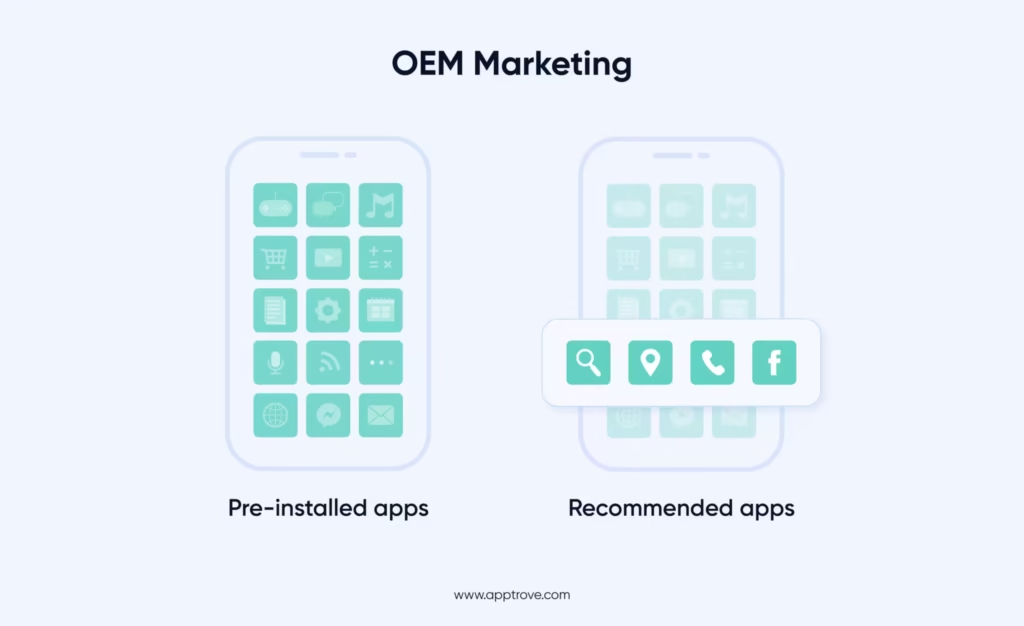
OEM’s full form in marketing is “Original Equipment Manufacturer.” It simply means the companies manufacturing mobile phones, tablets, and other smartphone devices in dedicated facilities and supplying them to the market.
The term “OEM marketing” refers to a unique strategic approach developers, advertisers, and brands implement to market their apps and products.
Unlike traditional digital marketing, OEM marketing doesn’t require creating innovative ads to attract users and increase app downloads. It involves collaborating with OEMs or mobile phone manufacturers to pre-install or recommend the app on users’ devices.
OEM marketing makes reaching the target market easier for an app because it surpasses the discovery stage, which most advertisers work hard to achieve.
Here’s a quick example explaining how OEM marketing works.
Xiaomi (a mobile phone manufacturer brand) can partner with a food delivery app and offer it on their mobile (pre-installed) or recommend it to the user at specific events. This type of partnership ensures app visibility and increases the chances of app adoption.
Now that you’ve understood OEM marketing’s meaning, let’s discuss its significance for app developers and advertisers.
Significance of OEM Marketing for App Developers and Advertisers
Advertisers and app developers have a common goal of reaching the target audience to maximize user engagement, encourage app installs, and boost revenue.
OEM marketing helps bridge the gap between app creation and reaching the target market by –
- Targeting relevant users at the device level
- Pre-installing and recommending apps on mobile phones
- Building credibility through partnerships with mobile phone manufacturers
- Improving traction in emerging markets with high mobile phone adoption rates
- Increasing monetization opportunities for app developers and marketers through ad impressions and usage
This means that OEM marketing is a win-win strategy for app developers and advertisers and can help them stand out in the competitive market.
Which Platforms Allow Access to OEM Traffic?
OEM traffic refers to mobile ad placements within mobile phone manufacturers’ ecosystems, such as their app stores, pre-installed apps, and device interfaces.
This channel gives advertisers direct access to millions of users, thereby offering high engagement and precise targeting.
Here are some of the leading platforms providing OEM traffic access.
- Oppo: Oppo allows advertising in its own app store and other native tools for advertisers to reach users by pre-installed app promotions and regional campaigns across Asia.
- Huawei: Huawei Ads leverages its HarmonyOS ecosystem and the Huawei AppGallery for targeted advertising.
- Xiaomi: Xiaomi’s MIUI operating system allows advertising across its app store, Mi Browser, and IoT ecosystem.
- Samsung: Samsung allows ad placements in the Galaxy Store, smart TVs, and other connected devices.
How Does OEM Marketing Works in China?
China’s mobile advertising relies on OEM platforms like Huawei AppGallery and Xiaomi Store because the Google Play Store is unavailable.
These platforms allow advertisers to place ads within their app stores, pre-installed apps, and system-level interfaces.
This boosts app visibility. What’s more? OEM ads perform better than traditional channels because of their native integration.
App developers and advertisers create campaigns tailored to local cultural norms to enhance the effectiveness of advertising efforts.
Key Aspects of OEM App Marketing
Let’s now understand the key aspects of OEM app marketing.
Pre-Installation:
OEM allows developers and advertisers to preload ads into devices before they reach users. This ensures high visibility without hassles.
Recommendations and Promotions:
OEM platforms can trigger recommendations within their app stores or via system notifications. This helps users discover relevant apps.
Bundling and Partnerships:
Collaborating with OEMs to bundle apps with their devices or services (for instance, pairing a streaming app with a device subscription) can increase app adoption and engagement.
Targeted Advertising:
OEMs can use device-level insights to deliver personalized ads for apps. This can increase conversion rates and user retention.
Incentives and Exclusive Content:
OEMs can offer incentives for app downloads. For instance, they can provide exclusive content, rewards, or discounts on every download. This encourages users to engage with the promoted apps, thus driving user acquisition.
What Does “Dynamic Preloads” Mean and Why Is It Used?
Dynamic preloads mean preloading apps or content into devices based on real-time factors like user behavior, device specifications, and geographic location.
Unlike static preloads, where the same set of apps is installed on all devices, dynamic preloads adapt to the unique user’s profile.
This helps improve app discovery and offers personalized user experience by showcasing the most relevant apps.
Why does it matter to advertisers and developers?
Dynamic preloads allow targeted promotion of apps and increase the chances of installation. Besides, this approach puts resources on the right audience and increases the likelihood of app usage. This can lead to user retention and improved ROI in the long term.
Challenges of OEM Marketing and Dynamic Preloads
Let’s explore the challenges of OEM marketing and dynamic preloads.
Lack of Control:
App developers and advertisers don’t have control over ad placement. The manufacturer determines the app placement, which can limit strategic positioning. This can make it difficult to ensure seamless visibility among target users.
User Perception:
Users might perceive preloaded apps as “bloatware” or “unwanted additions” to the device, especially if they do not see immediate value in the app. Users with limited storage space or prefer clutter-free space can uninstall the app.
User Engagement:
Preloads might help fetch initial visibility. However, it does not guarantee user retention in the long term. Users can uninstall or remove preloaded apps if they find them irrelevant, uninteresting, or unhelpful. So, developers must offer continuous updates and relevant features to get value from the user acquisition strategy.
Competition and Differentiation:
There are a multitude of apps in the OEM ecosystem. Therefore, creating a differentiator is pivotal to stand out and increase the chances of installs and app usage. So, advertisers and developers must build solid partnerships with OEMs to secure prime placement.
Revenue and Monetization:
Developers and advertisers might have to spend a hefty amount to secure dynamic preload deals. Moreover, return on investment (ROI) might take time to materialize. So, developers and advertisers must do the calculations and monetize the app to achieve long-term revenue.
Regulatory Compliance:
OEM digital marketing requires adhering to regional laws and data privacy regulations. So, developers and advertisers must plan and ensure compliance with these regulations, especially in markets like the EU or China with strict guidelines.
How Apptrove Can Improve OEM Marketing Campaigns
Implementing an OEM marketing strategy is just the beginning. You need to track performance and make data-driven decisions to ensure long-term growth.
However, OEM campaigns often involve multiple platforms. So, tracking efforts that lead to app installs and engagement can be challenging.
That’s where partnering with mobile measurement partners (MMP) like Apptrove can help. Apptrove can identify the strategies that deliver the best outcomes and help optimize campaigns.
Here are the key features of Apptrove that can uplift your current OEM marketing strategy.
- Real-Time Analytics: Apptrove offers real-time mobile app analytics and provides a granular view of campaign performance, user behavior, and key metrics. This can help advertisers make informed decisions.
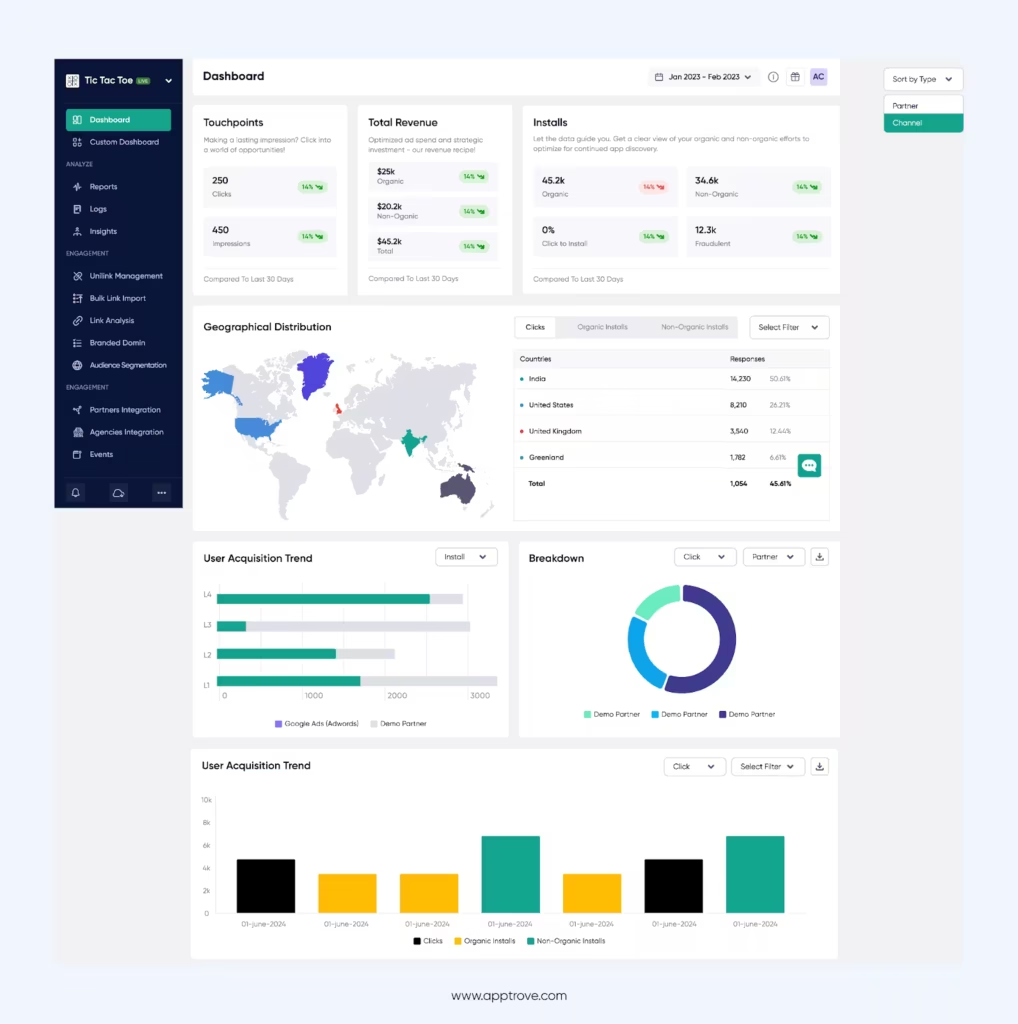
- Fraud Prevention: Fraudulent activities, such as fake app installation or clicks can eat the marketing budget and distort OEM campaign data. Apptrove offers fraud detection and blocking capabilities that ensure campaigns reach authentic users.
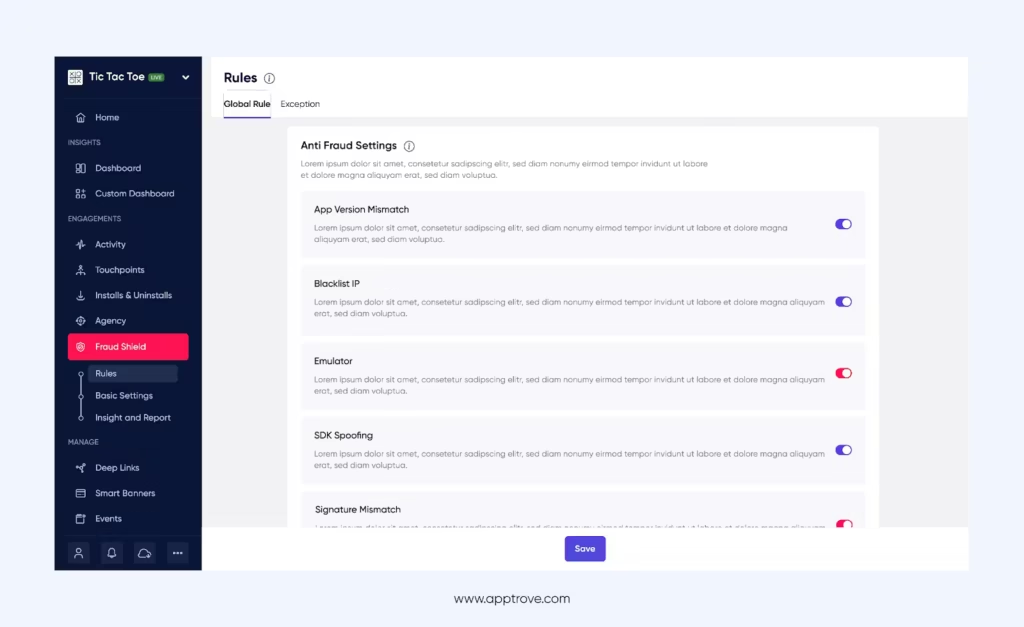
- Precise Reports: Apptrove provides accurate, customizable reports that focus the advertiser on vital metrics, such as conversion rates, user retention, and more.
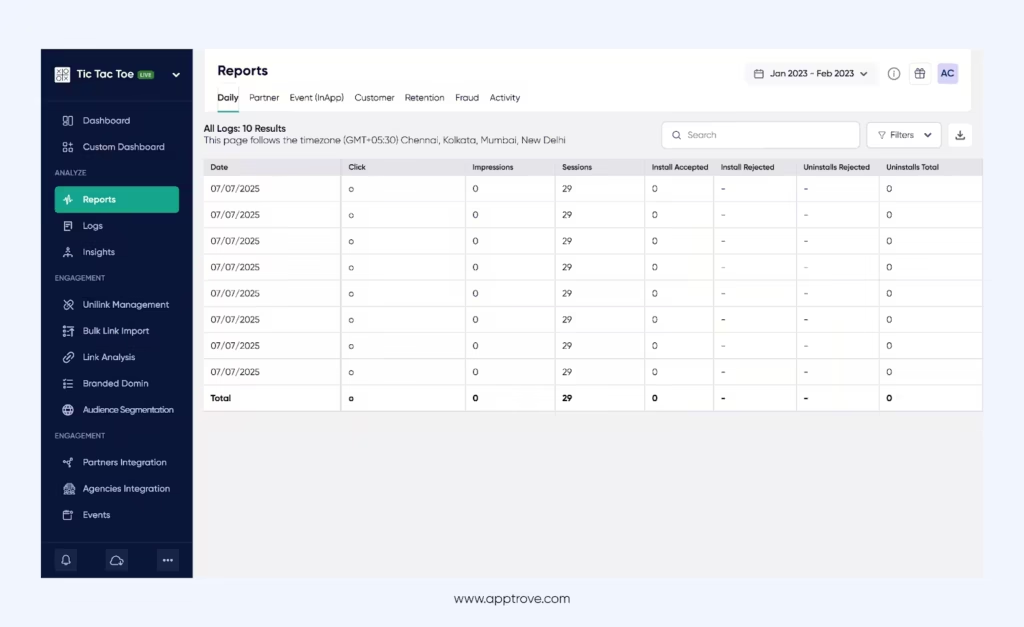
Summing Up
The right OEM marketing plan can quickly help app developers and advertisers reach their target audience. Moreover, it can increase app installs and usage, thus enhancing user acquisition, retention, and revenue.
However, developers and advertisers must take the right measures, such as adhering to market guidelines and partnering with the right OEMs.
Furthermore, tracking OEM marketing performance is crucial to ensure the best outcomes.
Here, our mobile attribution tool, Apptrove, can be a game-changer. From real-time analytics to accurate reporting, fraud detection, and prevention capabilities, it offers everything in a single suite. Talk to our team to get started!
FAQs
1. What is OEM marketing in simple terms?
OEM marketing is when app developers and advertisers partner with smartphone manufacturers (like Xiaomi, Samsung, or Huawei) to promote their apps. Instead of relying only on app store ads, OEM marketing allows apps to be pre-installed, recommended, or bundled directly on devices, ensuring higher visibility and engagement.
2. Why is OEM marketing important for app developers and advertisers?
OEM marketing helps apps bypass the crowded discovery stage on app stores. It provides direct access to millions of mobile users at the device level, increases installs, builds credibility through manufacturer partnerships, and drives better retention in emerging markets with high smartphone adoption.
3. How does OEM marketing differ from traditional mobile advertising?
Traditional mobile advertising focuses on ads shown on social media, websites, or app stores, where competition is intense. In contrast, OEM marketing integrates apps into the user’s device experience through preloads, recommendations, and system-level promotions, making it more seamless and less intrusive.
4. What are the challenges of OEM marketing?
The main challenges include lack of control over placement, user perception of preloaded apps as bloatware, difficulty in ensuring long-term engagement, high competition within OEM ecosystems, and the cost of securing preload deals. Additionally, advertisers must comply with strict privacy and regional regulations.
5. How can Apptrove help optimize OEM marketing campaigns?
Apptrove, as a Mobile Measurement Partner (MMP), helps advertisers and developers track, measure, and optimize OEM marketing campaigns. With real-time analytics, fraud prevention tools, and customizable reporting, Apptrove ensures OEM campaigns are data-driven, cost-effective, and targeted toward genuine users for maximum ROI.
